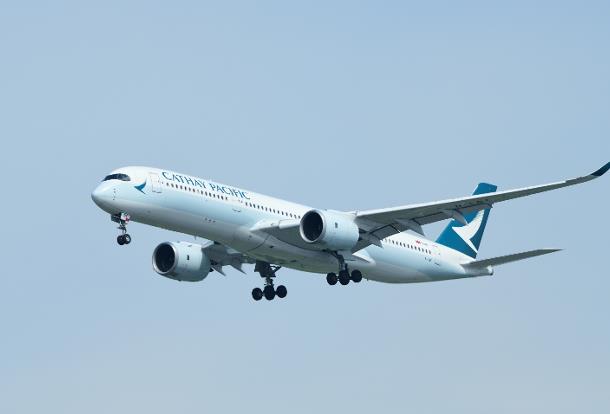ChinaTravelNews – China’s OTAs are scrambling to invest in Wi-Fi rental services which has shot up in popularity overnight. OTAs are competing on multiple levels to achieve service fragmentation and mobilization in pace with China’s exploding outbound travel market.
Explosive growth in Wi-Fi rental market exceeds all expectations
Ctrip’s Wi-Fi project, set up in the second half of 2014, has been growing at a rate of 30% per month to make an incredible y-o-y leap of 20,000%. Monthly transactions reached hundreds of thousands this year, surpassing the total transactions for the entire year last year!
A number of agents and entrepreneurs entered the overseas Wi-Fi rental market in 2013.
However, the market was totally reconfigured with the entry of Ctrip, ushering in a period of high growth in 2014. Wi-Fi service portals have appeared on Qunar and Ctrip’s updated apps in April and May this year indicating the opening of a new battleground.
The scale of the overseas Wi-Fi rental market was negligible before 2013 and awareness and penetration in the outbound tourism market was around 1%-2% in 2014. The market suddenly shot up 500%, reaching a total of 15-20 million rental days in 2015 and is estimated to grow to over 100 million rental days by 2018.
In last year’s Wi-Fi survey conducted by Ctrip, almost 80% of respondents said they definitely use smartphone Wi-Fi when traveling abroad and over 90% think that W-Fi service is absolutely essential during travel. Ctrip thinks that Wi-Fi has already become a “basic human necessity”.
Marketing campaign reaps huge rewards
Mobile connections has helped make Wi-Fi a core mobile tourism product. Wi-Fi was listed as a product in the amusement page of the Ctrip app after the National Day holidays in 2014. The 200 million active users of Ctrip’s app became the main source of customers for the Wi-Fi service.
Ctrip launched a promotional campaign that offered Wi-Fi rental starting at RMB1 for the first day in September 2014. Wi-Fi rental service in Japan and Korea dropped from RMB40 to less than RMB20 per day within a year. This greatly reduced the package price and struck a chord with users, spurring growth that exceeded all expectations. The “RMB1 Wi-Fi” has since become a case study for successful marketing campaigns in China.
Qunar and Ctrip square off
One analyst thinks Qunar and Ctrip both have their own advantages in the areas of semi-open platform vs highly open platforms and ioS vs android systems in their competition over the Wi-Fi rental service market.
Qunar is a fully open Chinese-language platform that serves as a high-speed interface for suppliers’ products with extensive coverage and high efficiency. The challenge lies in its open platform that allows individual suppliers full autonomy which may affect the speed of bookings and services while increasing risk for quality control.
On the other hand, Ctrip is a semi-open platform that offers interface for suppliers but provides booking and services directly to its users.
The most pressing need for OTAs in their marketization of Wi-Fi service is to find solutions to improve service convenience and customer experience. For example they must shorten the pre-booking period, Ctrip has shortened the time from confirmation to usage from eight hours to two hours. They also need to improve operational efficiency, automation and mobilization to bring down costs to a bare minimum.(Translation by David)




